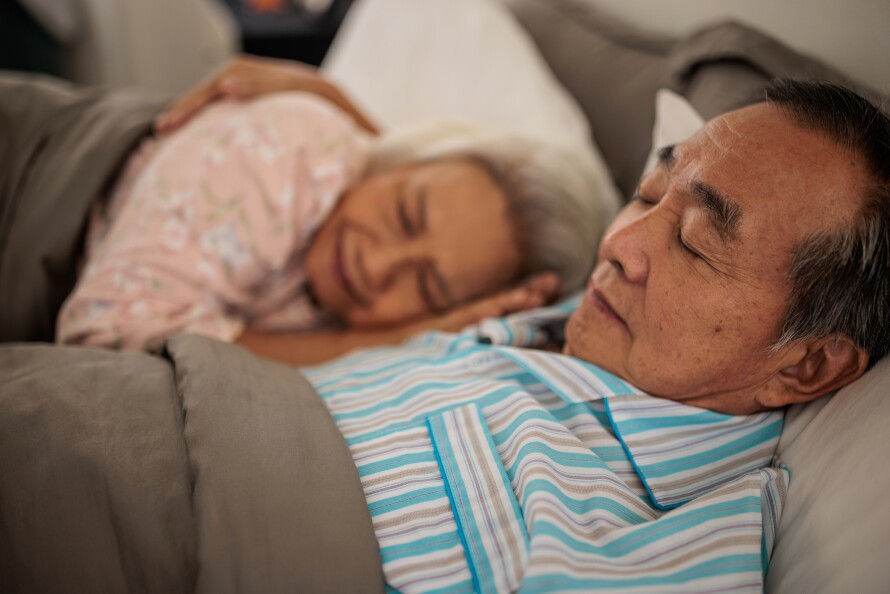
If you want to keep independence, improve quality of life, and boost overall well-being as you grow older, staying physically active is one of the most effective ways to do all three. In addition to the well-known physical benefits such as better balance, mobility, and heart health, regular movement boosts mental and emotional health – which is just as important for productive and joyous older years.
Research shows that individuals who have regular physical activity are less likely to have mental illness or cognitive decline. Physically active older adults have been found to reduce their risk of cognitive decline by 38%. Exercise has also been shown to reduce depression and anxiety; in fact, physical activity can be as effective as antidepressants according to research. Physical activity also supports better sleep, essential to repairing and restoring our brains, and can lead to greater emotional resilience and improved self-esteem. Even a short burst of 10 minutes of movement releases powerful chemicals in the brain (called endorphins) which increase mental alertness, energy, and positive mood.
Low-impact exercises for seniors
While “no pain, no gain” may be a terrific rallying call, a lot of benefits occur with consistent, low-impact movement – especially for seniors. Corinna Medina, program director and fitness expert at The University of Texas M.D. Anderson Cancer Center explains, “Your body becomes stronger, has more endurance and will develop more muscle mass if you include low impact exercise. And you learn to control your heart rate and your breathing, which reduces stress.”
Here are ten low-impact exercises that are gentle on the joints but powerful in promoting strength, flexibility, and mental well-being.
1. Walking improves cardiovascular health, strengthens muscles, and enhances mood. It’s easy to adapt to any fitness level and can be done indoors or outdoors.
2. Chair yoga is a form of yoga that uses a chair for support, helping with flexibility, balance, and relaxation. It’s especially beneficial for seniors with limited mobility or balance issues.
3. Tai Chi, often described as “meditation in motion,” improves balance, reduces stress, and increases mental focus. Studies show it helps reduce falls in older adults.
4. Water aerobics build strength and endurance without strain on joints. It’s ideal for those with arthritis or chronic pain.
5. Resistance band exercises build muscle strength while supporting bone density, important for preventing osteoporosis.
6. Stationary cycling offers a low-impact cardiovascular workout that improves leg strength and endurance with minimal joint strain.
7. Light weight training or bodyweight exercises help keep muscle mass and improve functional fitness needed for daily activities.
8. Stretching improves flexibility, reduces stiffness, and can decrease the risk of injury.
9. Balance drills like standing on one foot or heel-to-toe walking can improve stability and prevent falls.
10. Dancing in a class or at home boosts heart health, coordination, and mood—while also being a lot of fun.
How caregivers can motivate
Family members are the cheerleaders that older loved ones need. They can encourage participation, provide companionship, and ensure safety during exercise. They can also find suitable classes, set up home-based routines, or transport to fitness classes or programs. And professional home care givers can join in with personalized activity plans that enthusiastically support each individual’s abilities and interests.
By fostering a safe and motivating environment, older adults can have an active lifestyle—improving not just physical health, but also emotional and mental well-being.
###
Sources: Journal of Aging Research; BetterHealth; WHO; HelpGuide; MentalHealth.org; MD Anderson Cancer Center;